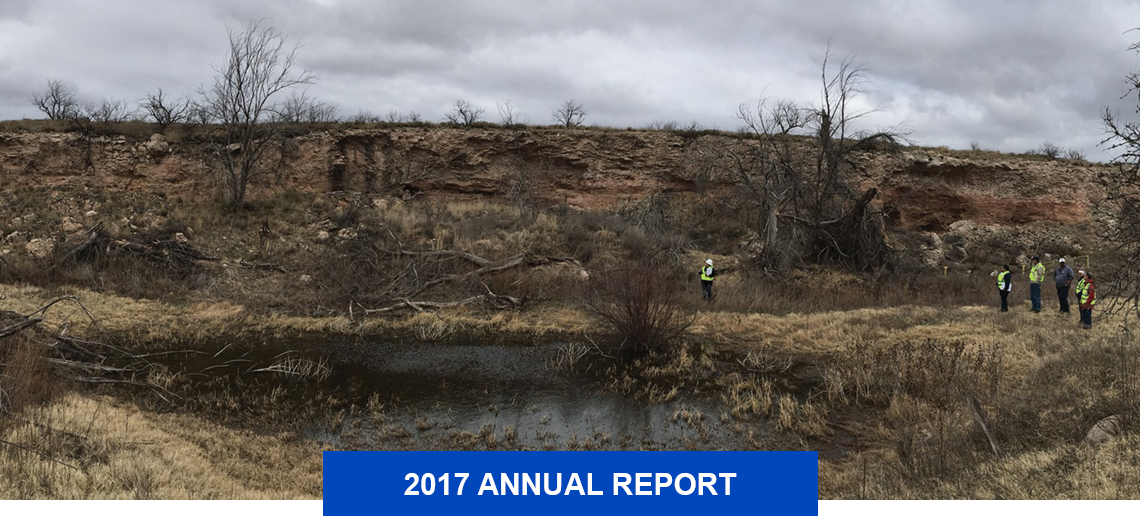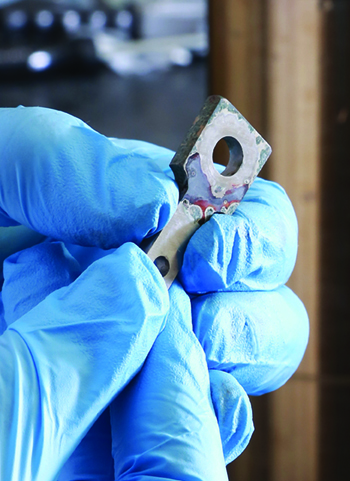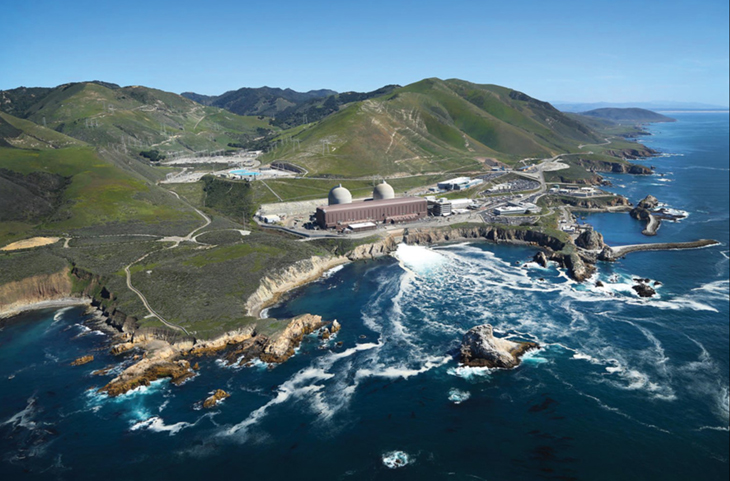
In 2017, the Southwest Research Institute contract to operate the Center for Nuclear Waste Regulatory Analyses was renewed. Sponsored by the Nuclear Regulatory Commission, the Center has supported the agency in fulfilling its regulatory responsibilities related to radioactive waste storage, transportation and disposal for the last 30 years.
This year, CNWRA® completed seven knowledge management reports that document decades of field studies, laboratory experiments and computer simulations associated with radioactive waste management. While the work was conducted in the context of a proposed geologic repository, the results have led to broad overall advances in Earth sciences and engineering.
We continue to export our long-term storage and disposal expertise, completing technical analyses for proposed radioactive waste repositories around the world. CNWRA met the quality assurance requirements of the International Organization for Standardization to enable it to conduct work in Canada and Europe.
We also provide support across the entire nuclear power cycle, from uranium production to interim waste storage and ultimate disposal. We continue conducting environmental evaluations of nuclear facility sites, assessing the impact of proposed activities and communicating with stakeholders. Now, we are transitioning expertise developed for these facilities to nonnuclear applications. In particular, our public outreach skills are vital to many regulatory agencies and industries working to develop various types of safety-critical facilities.

Corrosion Processes
The integrity of energy infrastructure is critical to the safety, security and economy of the nation. SwRI scientists study materials used in nuclear power facilities, assessing both internal and external corrosion processes.

Courtesy of Pacific Gas and Electric Company
Assessing Seismic Hazards
In response to the incident at Fukushima, Japan, SwRI helped NRC update seismic hazards for western United States nuclear power plants, such as the Diablo Canyon Power Plant shown here.
As the industry matures, commercial nuclear power plants are seeking to operate beyond the original licensing period. CNWRA developed the Generic Aging Lessons Learned report to outline approaches to identify and manage plant aging effects. The standard review plan guides the NRC staff when performing safety reviews of license extension applications. We also developed computational modeling techniques to support transitioning nuclear power plants to probabilistic fire protection standards that more adequately reflect possible scenarios.
Building on our experience in seismic and volcanic hazards analyses, we are expanding into other natural hazard arenas for nuclear and nonnuclear infrastructure. Additional hazards include tornadoes, sinkhole formation, mine collapse and earthquake-induced liquefaction.
Instability and strength loss from soil liquefaction, when silty ground acts like a liquid during seismic events, cause significant damage to critical facilities during earthquakes. In 2017, we initiated contract work and held a workshop, laying the groundwork for a Next Generation Liquefaction Consortium. The consortium will conduct research to develop practical, consensus-based probabilistic models to understand and predict liquefaction triggering and consequences.
We continue to use our corrosion expertise for the nuclear industry. In 2017, we began applying this expertise to the 2.6 million miles of pipelines and over a million storage tanks used by the oil and gas industry. SwRI is one of few organizations with expertise characterizing both external and internal corrosion processes. We can assess, for example, site-specific soil conditions outside, and corrosive chemicals flowing inside, pipes to locate areas of corrosion susceptibility and recommend remediation. We also patented technology to assess and determine how to mitigate damage to pipelines, particularly those installed using horizontal directional drilling. This technique is often used to install pipelines under features like rivers, roads or railways, but can damage protective coatings.
For more information visit cnwra.swri.org or contact Dr. David Pickett, +1 210 522 5582.
